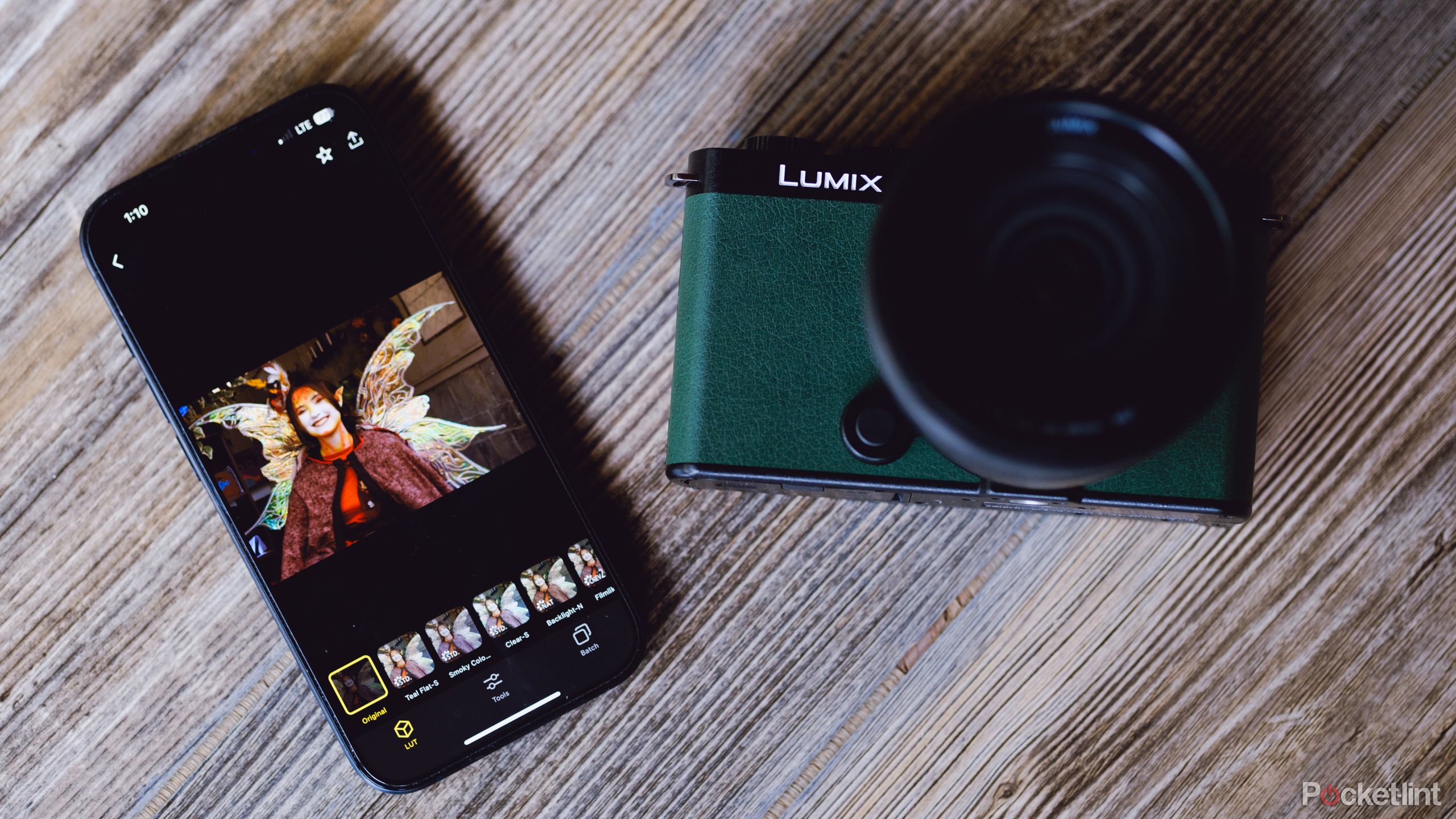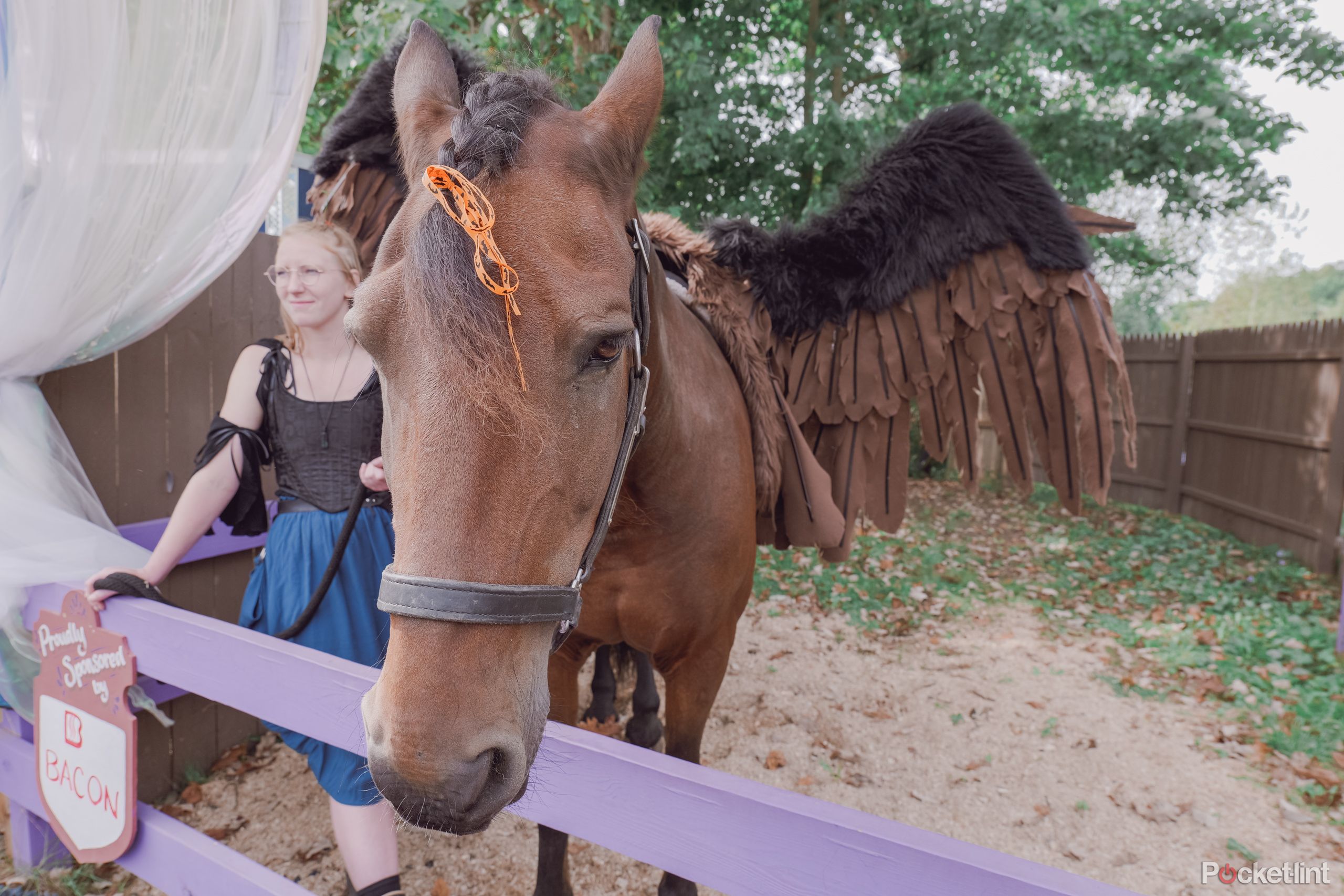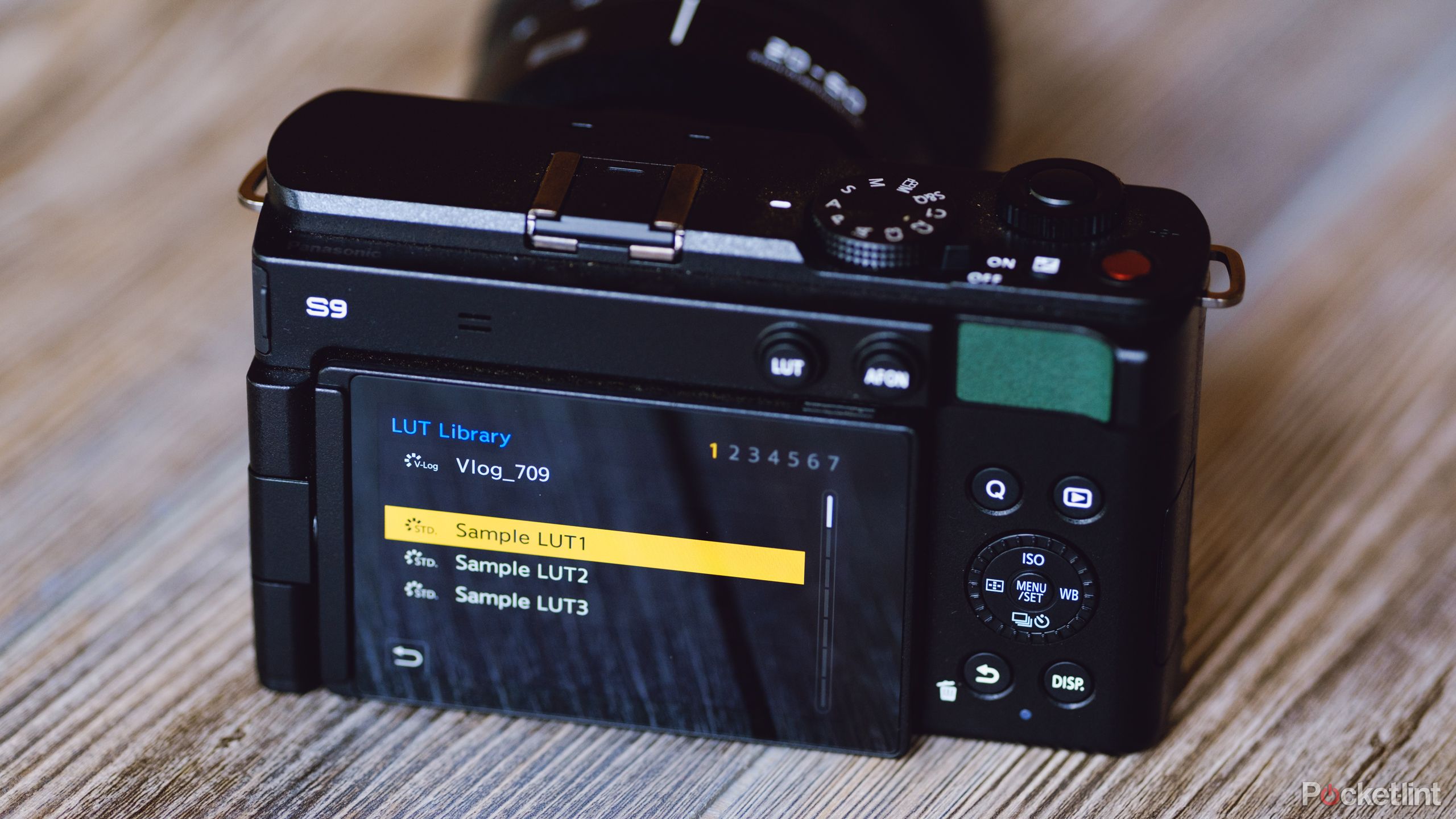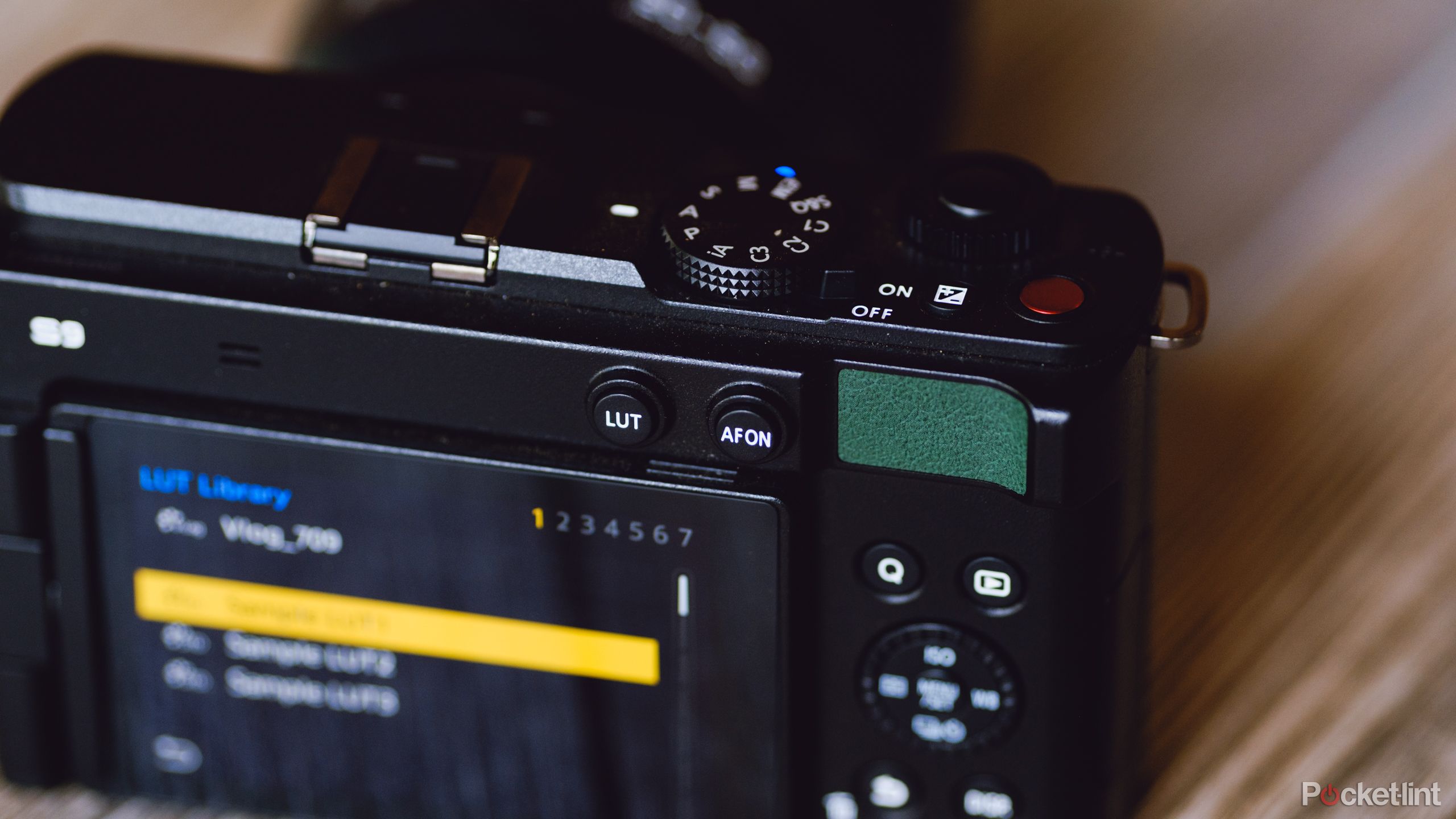Key Takeaways
- Compact and colorful Panasonic S9 appeals to content creators for $1,500
- Customizable colors with in-camera LUTs offer Instagram-ready look
- Lack of advanced features like hot shoe and weather-sealing may deter pros
Instagram and other visually focused social networks have undoubtedly played a role in the evolution of the digital camera. Perhaps the greatest example of this is the recent trend toward cameras made not for photographers but content creators, creatives who need both stills and video to feed the algorithms. The Panasonic S9 is one such camera. Designed with a healthy mix of both still and video features, the S9 crams a full-frame sensor into a colorful yet minimalist body, all for around $1,500.
While social media has influenced more than one camera, the Panasonic S9 is arguably the camera that feels most in tune with Instagram. Besides the touchscreen interface, the S9 integrates LUTs, or built-in color profiles ideal for fans of Instagram’s filters — or really any photographer that would rather spend more time behind the camera than the computer. The four color options also make the S9 look good in the behind-the-scenes photographs as well. But, as one of the more affordable full-frame mirrorless options, the S9 makes a few strange cuts to its list of features.
Is the Panasonic S9 the perfect entry-level mirrorless for content creators and Instagrammers? Or are the cuts just too big to ignore? I spent a few weeks with the S9 to find out.
Related
See our process
We don’t do arm-chair research. We buy and test our own products, and we only publish buyer’s guides with products we’ve actually reviewed.
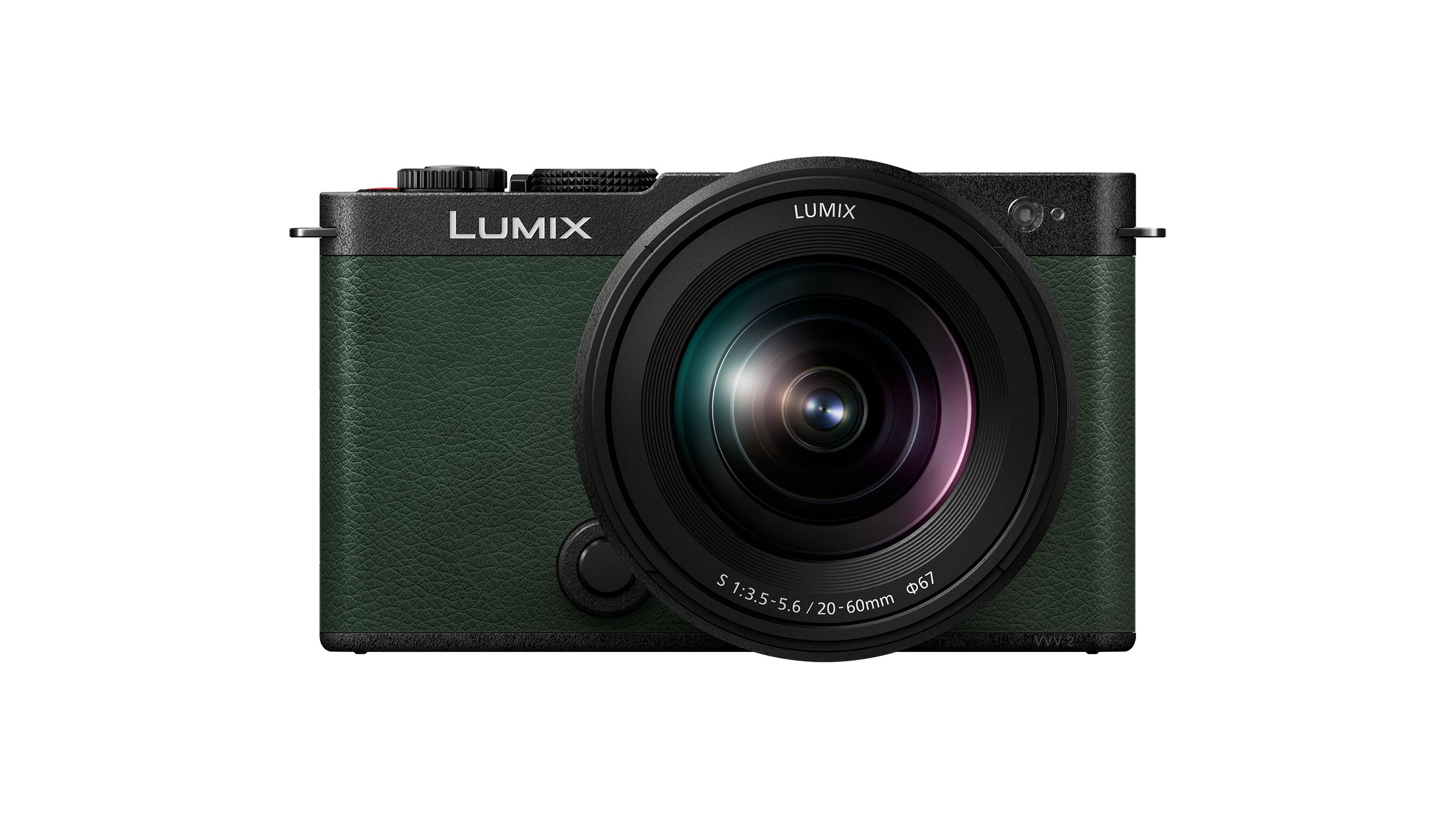
Panasonic Lumix S9
The Panasonic S9 is a compact full-frame mirrorless camera designed for content creators and travelers. The 24.2-megapixel full-frame sensor delivers colorful images that can be customized in-camera through the use of custom LUTs. The minimalist design makes the camera both easy to learn and highly portable. But while Instagrammers may love the touchscreen interface, pros and serious photographers will miss the viewfinder, hot shoe slot, and ergonomic grip. It also lacks a mic port, secondary card slot, and weather-sealing.
- Compact, colorful design
- Customizable colors using LUTs
- Excellent image quality
- Competative $1,500 body-only price
- Lacks a hot shoe slot and mic port
- Missing grip and viewfinder is less comfortable
- Electronic shutter only
- Slower autofocus performance with action
Specs, price and availability
The Panasonic S9 was announced in May of 2024. The mirrorless camera boasts a 24.2-megapixel full-frame sensor, 30 fps max burst speed and 6K video at 30 fps all inside a lightweight, compact body. The S9 retails for about $1,500 on its own, or about $1,800 with a kit lens. The camera is available from several major retailers.
What I like about the Panasonic S9
The best feature can be summed up in two words: Custom colors
One of the Panasonic S9’s standouts caught my attention before even opening the box: the price. At $1,500 for the body only or $1,800 with a 20-60mm kit lens, the Panasonic S9 is one of the more affordable mirrorless cameras that still have the larger full-frame sensor.
The S9 comes in more than just black. I tested out the camera with a lovely olive green wrap and immediately fell in love with both the look of the camera and the size. Atheistically speaking, the S9 is beautiful to look at with its color options and minimalist design. But the S9 is also one of the more compact full-frame bodies, weighing about a pound once you add in the battery but measuring under roughly 5 x 3 x 2 inches. It’s a travel-friendly camera for sure.
While I loved the color on the exterior, the S9 also has unique color options on the photos themselves. Like other Panasonic cameras, the S9 offers in-camera LUTs. In the simplest terms, that means you can easily customize the colors on the images, sort of like applying an Instagram filter before the image is even taken. While other Panasonic cameras like the S5 II have this feature, the S9 has a dedicated button for it. The S9 is also compatible with the Lumix Lab app, a much easier way to create original LUTs, while the S5 II is expected to gain compatibility with later firmware but doesn’t yet support the mobile creation of these color profiles.
Plus, the Lumix Labs mobile app makes it easy to create your own LUT or custom color filter. After connecting the camera to the device, you can transfer some images, edit them in the app, and then save those edits as a new LUT. Then, you can transfer that LUT back to the camera as a color setting and select it using the LUT shortcut. The shortcut allows you to edit your photos as you take them, which is an exceptional tool for spending more time behind the camera and less time behind the computer. Another option is to download LUTs from other creators inside the app.
Even without the LUTs, however, the S9 has some beautiful color profiles built-in, including Cine-like profiles and my personal favorite, Leica’s monochrome modes, which offer rich contrast without the cost of an actual Leica.
Noise reduction in low light is pretty decent as well, in part thanks to that lower-resolution sensor.
Those color profiles are added to a 24.2-megapixel full-frame sensor. Sure, you can get a higher resolution with pricer cameras, but images coming from the S9 are excellent. The kit lens produced sharp subjects and the LUTs delivered excellent color without hours of editing. Noise reduction in low light is pretty decent as well, in part thanks to that lower-resolution sensor.
Stabilization, a fast burst speed, and excellent eye detection autofocus also work together to help even beginners take good photos. I was able to carefully hand hold longer exposures to blur the movement of a river and traffic, all using the five stops of sensor-shift stabilization. While the slowest shutter speeds will need a tripod, I could easily handhold images at a tenth of a second and get some fun motion blur without handshake.
I’ve used cameras that could get significantly lower than that 1/10th of a second, but considering the price, I found the stabilization to be sufficient.
I was also highly impressed with the camera’s eye and face detection autofocus as it quickly locking on to a person or an animal. The only issue I had with the subject detection is that it wouldn’t recognize a dark subject on a dark background, such as a chestnut brown horse inside a shadowy stable. That means you may have to help it out a bit if you are working indoors.
Entry-level cameras tend to be on the slower end, but the Panasonic S9 can shoot as quick as 30 fps. This is due in large part to the fact that the camera doesn’t actually have a physical shutter, only an electronic one (like what a smartphone uses). Where the S9 shows its budget price in speed is that those bursts are limited to around 32 photos, so you can only shoot for about a second if you leave the camera on its fastest burst speed.
Everything that I loved about the photos coming from the Panasonic S9 also stretched into video. The colors, subject detection autofocus and stabilization all carryover to video. The S9 is capable of 6K at up to 30 fps and can also shoot with the full sensor, rather than a crop.
What I didn’t like about the Panasonic S9
Advanced features (and some standard ones) are lacking
While I very quickly fell in love with the color wrap and aesthetic on the Panasonic S9, I found the ergonomics lacking. There’s nothing in the way of a grip, which helps the camera stay compact but tends to be uncomfortable if you’re shooting for hours (and may also play a role in my inability to get super slow shutter speeds handheld). My wrist tended to get sore quite a bit faster working with the S9.
In the name of size, Panasonic also axed the viewfinder, so there’s just the LCD screen to shoot with. I also sorely missed the joystick that I use on my other cameras to quickly adjust the autofocus point. Instead, it’s adjusted more like a smartphone by tapping the touchscreen.
One oddity of the S9 is that the metal slot for sliding in a flash at the top is a cold shoe rather than the more traditional hot shoe. This means that, while it looks like the S9 could use flash, it can’t. A cold shoe doesn’t communicate with the camera like a hot shoe does. It’s essentially a holster for a continuous LED light, but it’s not capable of firing a flash at the proper moment. Videographers and vloggers should also note that the camera doesn’t have any sort of mic port. Both stills and video shooters should also know that the camera has a single SD card slot, rather than the two more commonly found on professional-grade models.
Videographers and vloggers should also note that the camera doesn’t have any sort of mic port.
The S9 also joins the growing list of cameras that use only an electronic shutter, rather than a mechanical one. The electronic shutter is faster and, in good lighting and slow or stationary moving subjects, most won’t notice any issues. But, electronic shutters in the past have been known to experience banding under certain types of artificial lights, where the image appears to have almost a colored stripe running through it indoors. Electronic shutter can also distort fast moving subjects, such as trains. While I didn’’ detect these issues during my review, I also didn’t get an opportunity to try the S9 in every situation, like photographing a train or working under florescent lighting.
While I loved the eye detection autofocus, I found the focus system overall on the S9 a bit lacking with faster action. The S9 had a hard time keeping up with subjects running straight for the camera, delivering quite a few soft frames. In low light, the subject detection performance suffers. The camera does okay with motion at a walking pace, or running from side to side rather than straight at the camera. But the trickiest autofocus scenarios churned out more soft photos than sharp ones.
The Panasonic S9 also doesn’t have any sort of weather-sealing, so it needs additional protection if you want to take photos in the rain. But, despite the name, weather-sealing is good for more than just inclement weather. As an unsealed camera, expect the sensor on the S9 to get dusty faster as a result.
Is the Panasonic S9 worth it?
The S9 isn’t for me, but smartphone photographers moving up to a real camera may love it
The cold shoe slot, lack of weather sealing, and insufficient ergonomics mean the Panasonic S9 didn’t make it onto my personal wish list. But, I’m also a professional photographer, which isn’t the audience intended for this sort of camera. The question shouldn’t be if the Panasonic S9 is worth it, but rather, who is going to love the S9.
Panasonic S9 is the sort of camera that Instagrammers looking to step up from the smartphone’s fake background blur are going to fall in love with.
With its built-in LUTs, full-frame sensor, touchscreen interface, and compact size, the Panasonic S9 is the sort of camera that Instagrammers looking to step up from the smartphone’s fake background blur are going to fall in love with. If the only camera that you’ve ever used is a smartphone, then you’ll love the compact size, touchscreen and simpler control scheme. The image quality is excellent and the ability to customize the colors with LUTs will create a big impact on anyone who loves Instagram filters but wants a more custom look. Another group that I think may love the S9 is travelers, as the camera is pretty compact, though the L-Mount lens family could use a few more compact options.
However, creatives that need flash, all-day ergonomics, sports-ready autofocus, weather-sealing, and plentiful ports for mics and accessories will want to skip the S9. While the image quality isn’t basic, the ergonomics and feature list are, pushing creatives that need more features towards options like the Panasonic S5 II, which sits another $500 higher, or another brand entirely.

Trending Products

Cooler Master MasterBox Q300L Micro-ATX Tower with Magnetic Design Dust Filter, Transparent Acrylic Side Panel…

ASUS TUF Gaming GT301 ZAKU II Edition ATX mid-Tower Compact case with Tempered Glass Side Panel, Honeycomb Front Panel…

ASUS TUF Gaming GT501 Mid-Tower Computer Case for up to EATX Motherboards with USB 3.0 Front Panel Cases GT501/GRY/WITH…

be quiet! Pure Base 500DX Black, Mid Tower ATX case, ARGB, 3 pre-installed Pure Wings 2, BGW37, tempered glass window

ASUS ROG Strix Helios GX601 White Edition RGB Mid-Tower Computer Case for ATX/EATX Motherboards with tempered glass…


